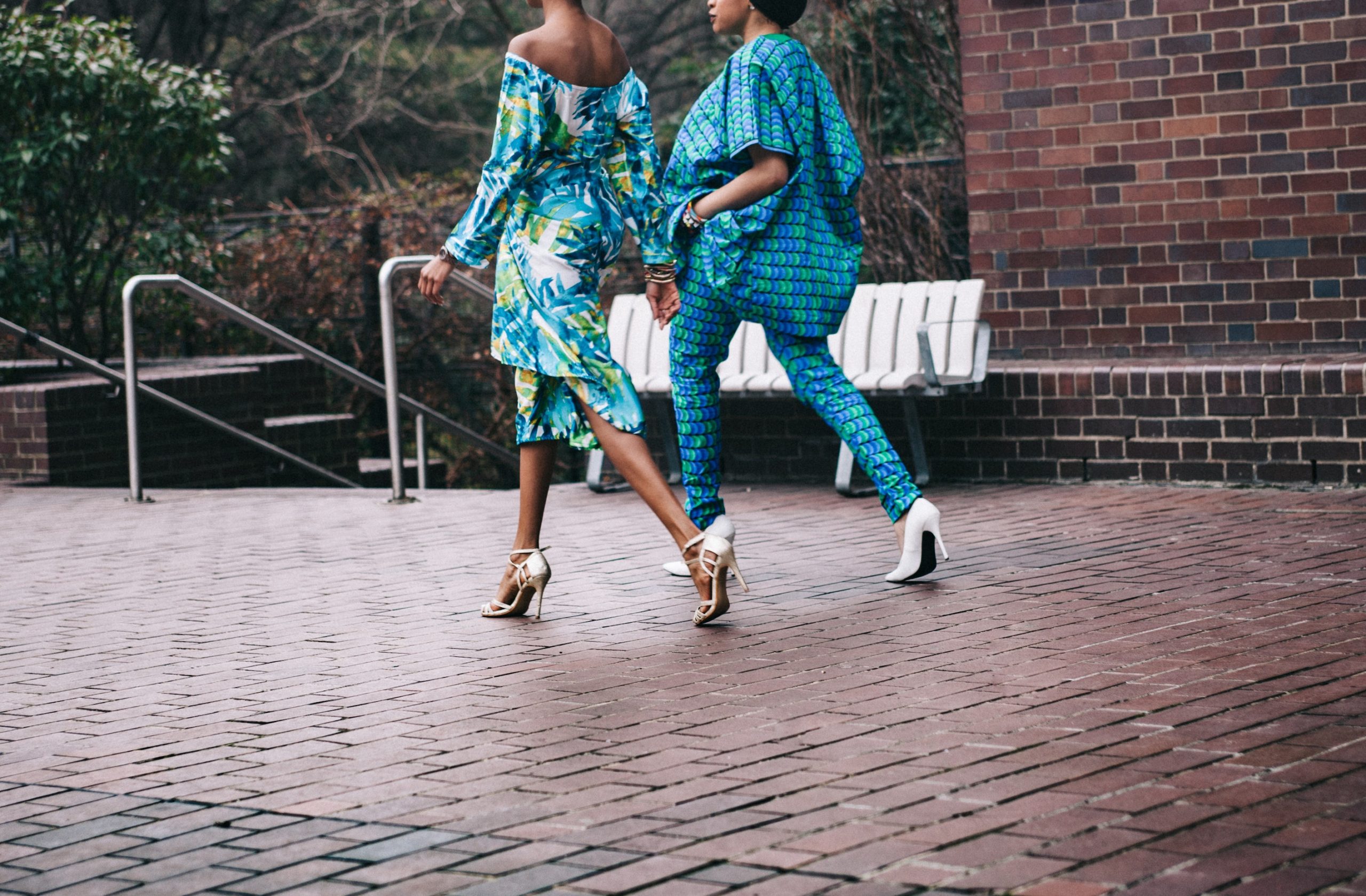Contents
Fashion Effects Have an Impact on All of Us
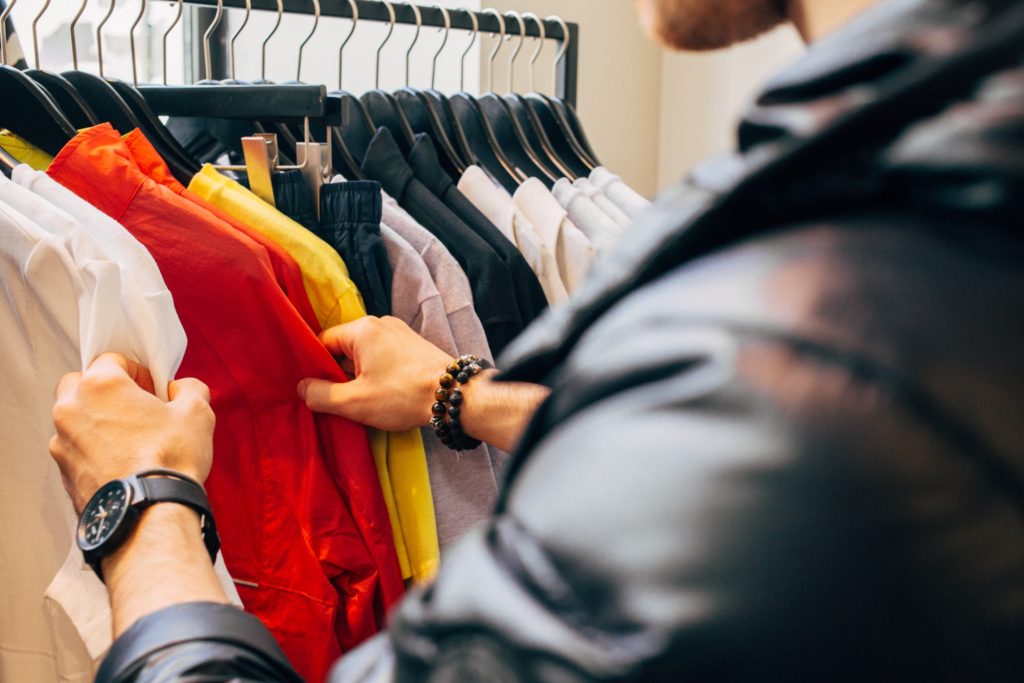
How we interact with and wear our clothes can say a lot about us. For instance, how do you choose what you wear? Are you a minimalist who owns a micro-wardrobe? Or do you own many of the same outfits to avoid decision fatigue like Steve Jobs did? Perhaps you’re a fashionista that follows the latest trends; a bold person who loves to express through colors and decorative patterns; a type that just doesn’t care at all for what you wear. Before you go ahead and disregard fashion as an unimportant choice, you may want to reevaluate a wardrobe that will help you become the person you want to be. The power of fashion may have bigger effects than you expect.
Whether we like it or not, every morning, we wake up and put our clothes on. Every item of clothing, from work uniforms, suits, dresses, traditional outfits, casual outfits, gym wears, to pajamas, all make social statements for the occasions we participate in. It’s easy to associate social status with textile materials and brands, but there is more to fashion and its effects than we understand at a superficial level. Above all, it can change our psychological behavior and how we feel.
The Transformative Power of Fashion
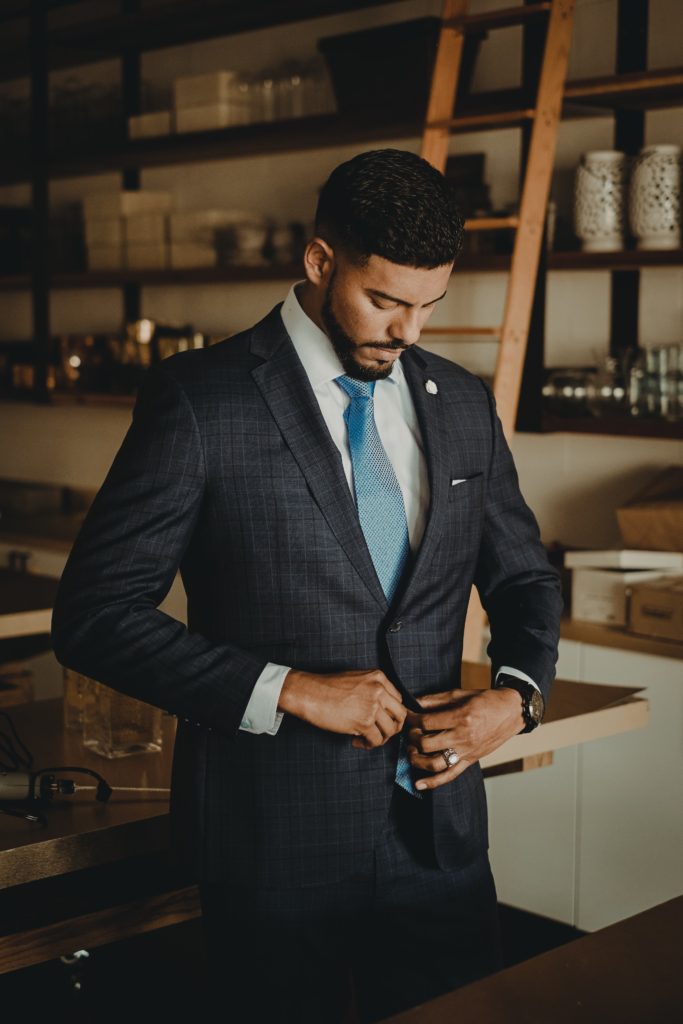
We’ve all heard the saying, “dress for the job you want, not the job you have”. In fact, the truth of this phrase is actually backed by science. Furthermore, there are studies dedicated to this idea. In scientific terms, it’s called “Enclothed Cognition”. In simple terms, it is the field of study in how symbolic fashion effects can impact our behavior and moods.
For example, a 2012 study showed that wearing a white lab coat where people associated the coat to scientific or medical professions, increased their performance in detailed oriented tasks. In another 2016 study, people who wore a tunic and associated it with a nursing scrub, showed more empathy and volunteered more hours. Formal clothing has repeatedly demonstrated positive benefits through studies, resulting in increased abstract thinking, feeling of power, and profits in negotiations. Therefore, our personal interpretation of the symbolism in each of these fashion items is what changes our processing and behaviors.
All of these studies point that wearing fashion items associated with certain symbolic meanings have measurable effects on our mental state. So yes, dress not only to impress others, but yourself! For instance, you could wear a sharp suit to work to perform better in business, casual clothes to be more friendly, and sporty gym wears to stay active. Who do you want to be? The person you aspire to be could become just a step closer through the power of fashion effects. To start, you can begin putting your wardrobe together in the direction of your goals.
Color Symbolism in Fashion Effects
The influence of color goes beyond its effects in fashion. Have you heard of color psychology? It’s the idea that different colors hold different meanings, emotions, and power over how we behave. We see this applied everywhere nowadays as a powerful communication tool, especially in marketing, art, and design.
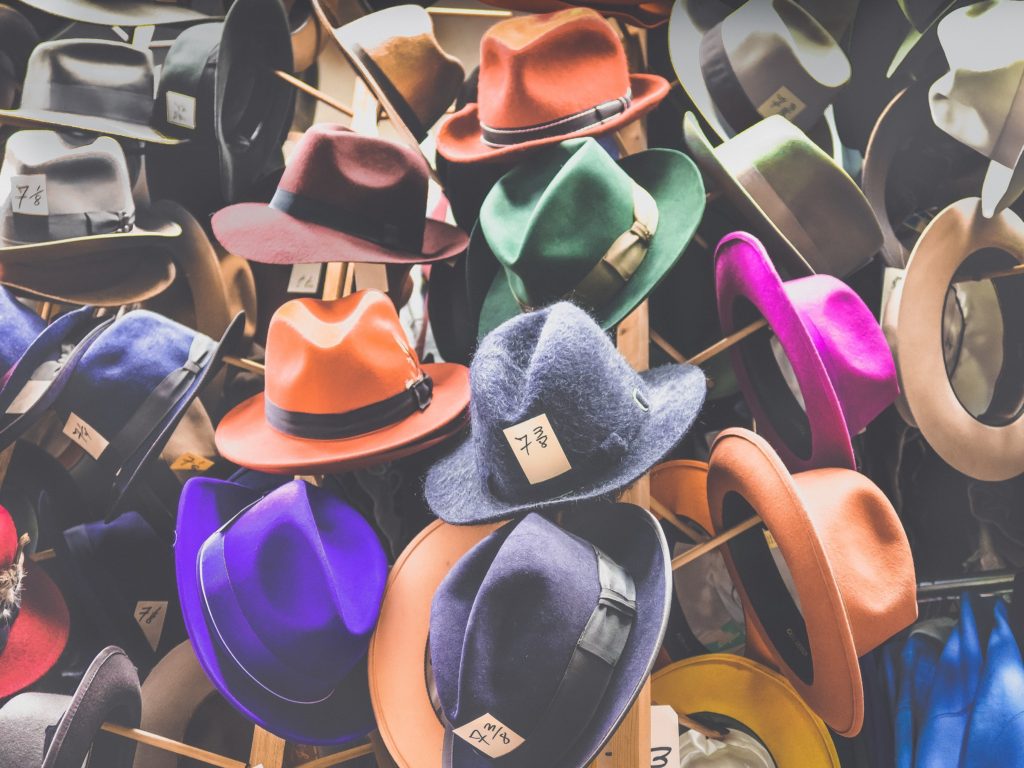
Color can be so influential, that swallowing the same pill with different colors show significantly different placebo effects on a patient. Particularly, red has been a high-interest color for scientific studies. For example, in the 2004 Olympics, some scientists noticed that winning combat fighters often wore red more than blue. This led to research in 2013, where 28 athletes were matched with similar age and size opponents, each wearing red and blue jerseys. They then competed against each other while measuring strength and heart rates. Although wearing red did not result in more wins, participants wearing red showed significantly higher heart rates and pre-contest strengths. In other words, we are subconsciously influenced by the color we choose. In this way, color also plays a significant role in the fashion effects that impact our mood.
Different Colors have Different Effects
Although color perceptions are highly subjective, there are some universal and general understandings. For example, warm colors such as red, orange, and yellow tend to side with a range of emotions from warmth and comfort to anger and passion. Cool colors, such as green, blue, and purple, often associates with a range of cold and sad feelings to tranquility and calmness. On the other hand, bright colors are a great choice in giving a boost to your energy and mood. I recommend you look into the effects of each color and use it to your best benefit in fashion. To find out more about the psychological effects of colors, check out the article below.
Be Unique!
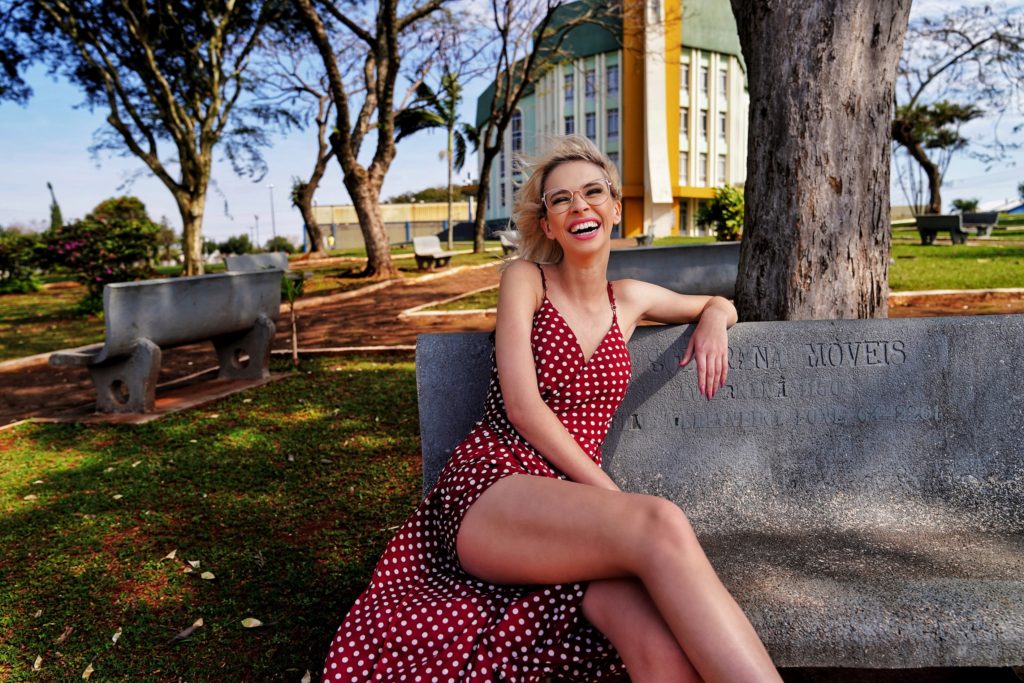
It’s pretty common for us to want to wear clothes that best conforms to our societal beliefs, values, and ideals. If a style is not aligned with what we feel emotionally comfortable in, the uneasiness reverts us back to what we feel most familiar with. This is especially true if you are not the type to take risks in fashion. However, it pays off to intentionally risk showing your own unique style that’s different from others.
Researchers at Harvard examined the effects of non-conforming behaviors through fashion. In this study, the status and competence of a professor increased when the professor showed his uniqueness by wearing red Converse sneakers during a lecture. The experiment concluded that unique non-conforming styles that stand out positively influenced us when perceived as styled in a deliberate manner. This interesting phenomenon in fashion effects is called “The Red Sneaker Effect”. In real life, we see this when high-status individuals or successful entrepreneurs choose to dress casually in jeans in formal business settings. Higher status and performance correlates with stronger tendencies to deviate from conforming dress codes. Vice versa, research also suggests that people judge these deviations from the norm as positive because we perceive the individual as powerful enough to risk social costs as a nonconformist.
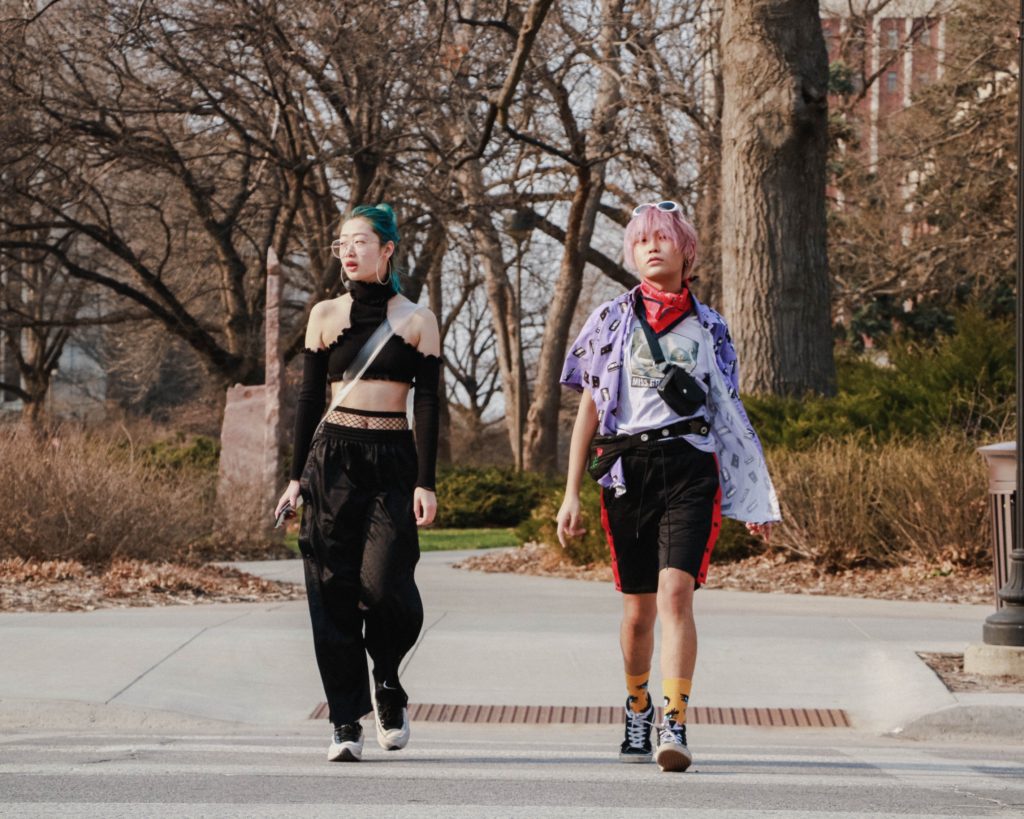
Use the Power of Fashion to Your Advantage
It can be a simple bright tie, a shoe, a sock, a piece of statement jewelry. You can start with anything small. Show your originality through unique styles! It will not only give you the liberating opportunity to express yourself, but elicits positive impressions from others. If you haven’t tried expressing yourself through using fashion effects to your benefit, now is the time to start experimenting!
Looking to improve your mental wellbeing?
Try the SELF MIND app FREE for 1 week!
If you’re looking for more tips on how to care for your mental health, check out some of our past blog posts!
References:
Adam, H., & Galinsky, A. D. (2012). Enclothed cognition. Journal of Experimental Social Psychology, 48(4), 918–925. https://doi.org/10.1016/j.jesp.2012.02.008
Bellezza, S., Gino, F., & Keinan, A. (2014). The Red Sneakers Effect: Inferring Status and Competence from Signals of Nonconformity. Journal of Consumer Research, 41(1), 35–54. https://doi.org/10.1086/674870
de Craen, A. J. M., Roos, P. J., de Vries, A. L., & Kleijnen, J. (1996). Effect of colour of drugs: systematic review of perceived effect of drugs and of their effectiveness. BMJ, 313(7072), 1624–1626. https://doi.org/10.1136/bmj.313.7072.1624
Dittrich, A. (2019, September 24). Fashion’s impact on mental wellbeing. Retrieved June 16, 2020, from https://www.dw.com/en/how-fashion-impacts-our-mental-wellbeing/a-50562794
Dreiskaemper, D., Strauss, B., Hagemann, N., & Büsch, D. (2013). Influence of Red Jersey Color on Physical Parameters in Combat Sports. Journal of Sport and Exercise Psychology, 35(1), 44–49. https://doi.org/10.1123/jsep.35.1.44
Elliot, A. J., & Maier, M. A. (2014). Color Psychology: Effects of Perceiving Color on Psychological Functioning in Humans. Annual Review of Psychology, 65(1), 95–120. https://doi.org/10.1146/annurev-psych-010213-115035
Hutson, M., & Rodriguez, T. (2016, January 1). Dress for Success: How Clothes Influence Our Performance. Retrieved June 16, 2020, from https://www.scientificamerican.com/article/dress-for-success-how-clothes-influence-our-performance
Karl, K. A., Hall, L. M., & Peluchette, J. V. (2013). City Employee Perceptions of the Impact of Dress and Appearance. Public Personnel Management, 42(3), 452–470. https://doi.org/10.1177/0091026013495772
Kraus, M. W., & Mendes, W. B. (2014). Sartorial symbols of social class elicit class-consistent behavioral and physiological responses: A dyadic approach. Journal of Experimental Psychology: General, 143(6), 2330–2340. https://doi.org/10.1037/xge0000023
López-Pérez, B., Ambrona, T., Wilson, E. L., & Khalil, M. (2016). The Effect of Enclothed Cognition on Empathic Responses and Helping Behavior. Social Psychology, 47(4), 223–231. https://doi.org/10.1027/1864-9335/a000273
Sarda-Joshi, G. (2016, June 17). 7 ways your clothes change the way you think. Retrieved June 16, 2020, from https://brainfodder.org/psychology-clothes-enclothed-cognition/
Slepian, M. L., Ferber, S. N., Gold, J. M., & Rutchick, A. M. (2015). The Cognitive Consequences of Formal Clothing. Social Psychological and Personality Science, 6(6), 661–668. https://doi.org/10.1177/1948550615579462
Thrive Global, & Carlos, V. (2019, May 30). Why So Many Successful People Wear the Same Outfit Every Day. Retrieved June 16, 2020, from https://thriveglobal.com/stories/why-successful-people-often-wear-the-same-outfit-every-day/

